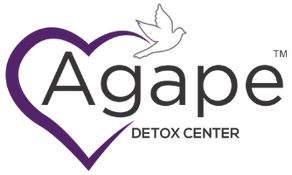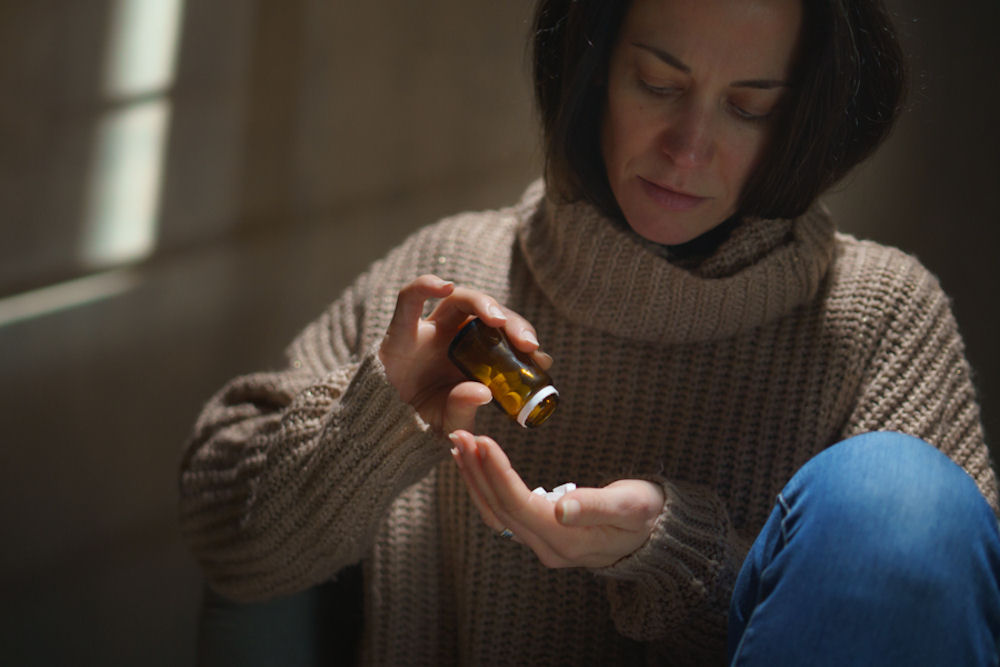The addiction cycle is referred to as a chronic cycle because addiction is a life-long disease. The cycle may start with initial use being recreational, and end with someone in the recovery phase of the cycle long term. On the other hand, the cycle could be repeated continuously until ultimately it ends in death. However, addiction is such a personalized disease, so it is unknown how each person will move through the cycle.
Table of Contents
ToggleWhy is Addiction So Common?
Addiction is so common because we live in a society where everything is “normalized”. Drugs are on tv, and in movies. Alcohol can be purchased basically anywhere. But, what the movies rarely show is the negative consequences of the normalization of drugs and alcohol. Pair the normalization with risk factors, and it’s a perfect recipe for drug addiction or alcoholism.
Addiction Risk Factors
Individual risks may vary, but there are some factors that will increase the risk of becoming addicted:
- Using at a Young Age- it’s proven that the younger someone is when they first use a drug or drink alcohol, the more likely addiction will be an issue for them long-term.
- Personal biology-This depends on how someone’s body reacts to certain chemical changes. Some people enjoy the high they get the first time they use, which makes them want to use again.
- Trauma-Whether it is at home, at school, at work, or in social life, trauma plays a large role in addiction.
- Environmental Factors-Home life, as well as school, or even work environments can have an impact on mental health, which can increase risks for addiction.
- Heredity– Heredity is one of the most prevalent risk factors. More research is needed, but the commonality of addiction in families is a strong indicator that heredity plays a huge role.
- Peer Pressure- The inability to say “NO!” to peer pressure, or even just being around other people using drugs or alcohol is a risk factor.
- Mental health problems-People with mental illness(especially undiagnosed), may use drugs as a coping mechanism, or to “self-medicate”. Other times, people with mental health issues feel good when using drugs because they activate the same parts of the brain as medications can.
What is the Addiction Cycle?
Binge/Intoxication Stage:
This stage is all about reward, incentive salience, and pathological habits. It starts with the initial use of drugs or drinking alcohol. The effects are euphoric, anxieties are lowered, and social interactions may be eased.
Continual initiation of the brain’s reward system reinforces alcohol drinking or drug-using behavior. This can trigger repeated use. The same part of the brain that activates the reward system also forms habits and other routine behaviors.
The activation of the reward system also changes the way a person responds to stimuli by intoxicants. This can be specific places, things, or people associated with drug or alcohol use. When around these people, places, or things, the urge to use drugs or alcohol can be overwhelming.
Negative Affect/Withdrawal Stage:
The negative effect and withdrawal stage causes reward shortage and excess stress. When a person stops using a drug or alcohol they start to feel the negative effects, both mental and physical. The physical effects are often referred to as withdrawal symptoms. These can include headaches, nausea, excess sweating and even seizures. The withdrawal stage can be very dangerous if not treated properly.
The effects of the reward system deficit make it harder for people to feel pleasure from normal life events. In turn, increases depression, anxiety, and other negative emotions. At this stage, they are no longer using for the positive, fun, effects from the first stage. Now the use is strictly to ward off the negative emotions and physical effects they feel.
Preoccupation/Anticipation Stage:
Craving, impulsivity, and our ability to use mental skills such as memory, flexible thinking, or self-control are the major components of the preoccupation and anticipation stage. This stage is when someone would use or drink again after a period of abstinence. The preoccupation with how, where, and when to use or drink next takes over and the inability to make well-thought-out decisions is prominent.
Sometimes, even after detox, and treatment, someone relapses into the first stage again. This is the full addiction cycle.
Can the Cycle Be Broken?
The addiction cycle can be “broken”. It takes a lot of work, determination, self-reflection, and realizations, as well as support, to walk a path of addiction recovery long term. While addiction may never be “cured”, it can be managed. Managing the addiction long-term is as close to breaking the addiction cycle as possible. To begin breaking the cycle, it’s important to explore treatment options for addictive behaviors to prevent a complete loss of control long term.
Proven Methods of Treatment for Addiction
There are many proven methods to treat addiction. Typically, treatment starts with a medical detox program, then moves into treatment. Treatment can be inpatient, partial hospitalization, intensive outpatient, or outpatient. During treatment, there are proven methods used to get to the root of the addiction, as well as any underlying mental health issues.
Therapies such as group therapy, individual counseling, holistic treatments, yoga, 12-step programs such as alcoholics anonymous or narcotics anonymous, and even art therapy can play a role in recovering from substance use disorders or alcohol use disorders.
After treatment, there are even more options to walk a path of recovery. Extended stay programs, group homes, halfway houses, and having a sponsor in a 12-step program are just a few ways to continue recovery.
Where Can Help Be Found?
Help can be found at Agape Detox in Port Saint Lucie, Florida. Agape Detox Center has a full-time medical staff to assist with every stage of addiction treatment. We are also a full-service dual diagnosis treatment facility. We include holistic therapies in our treatment programs and tailor each treatment plan to individual needs.

Stephanie Robilio is an accomplished Clinical Director at Agape Behavioral Healthcare. With a Master of Social Work degree, LCSW license, and extensive training in Rapid Resolution Therapy under her belt, she brings a wealth of expertise to her role. Her unique combination of education and experience allows her to provide exceptional care to clients and lead her team with confidence. Stephanie’s joy comes from witnessing the moments when her patients creatively connect the dots and bravely move toward reclaiming their power. Her purpose is to help individuals understand their past so they can create a future full of hope, growth, and success. Stephanie attributes a large portion of her success to the supportive culture and strong sense of community fostered by the Agape team.




